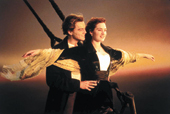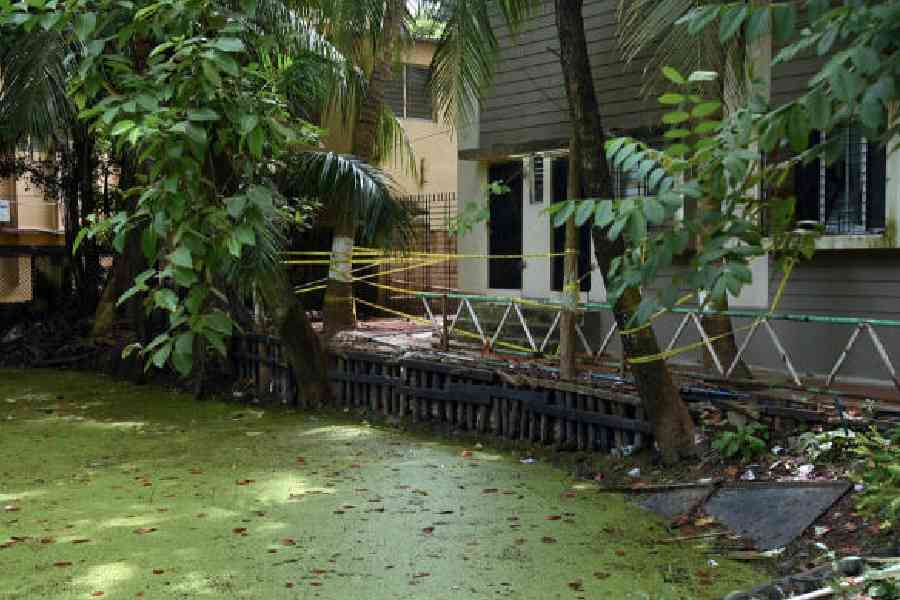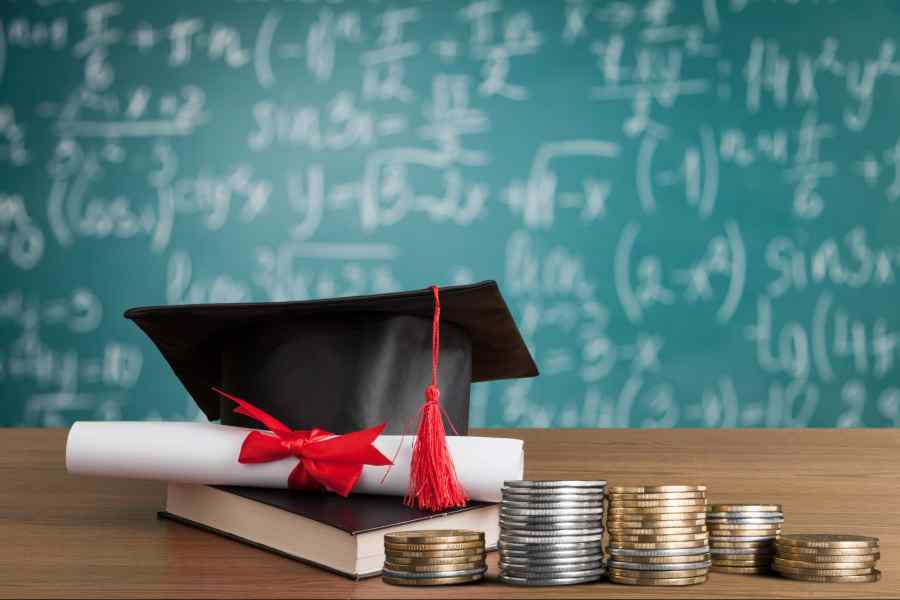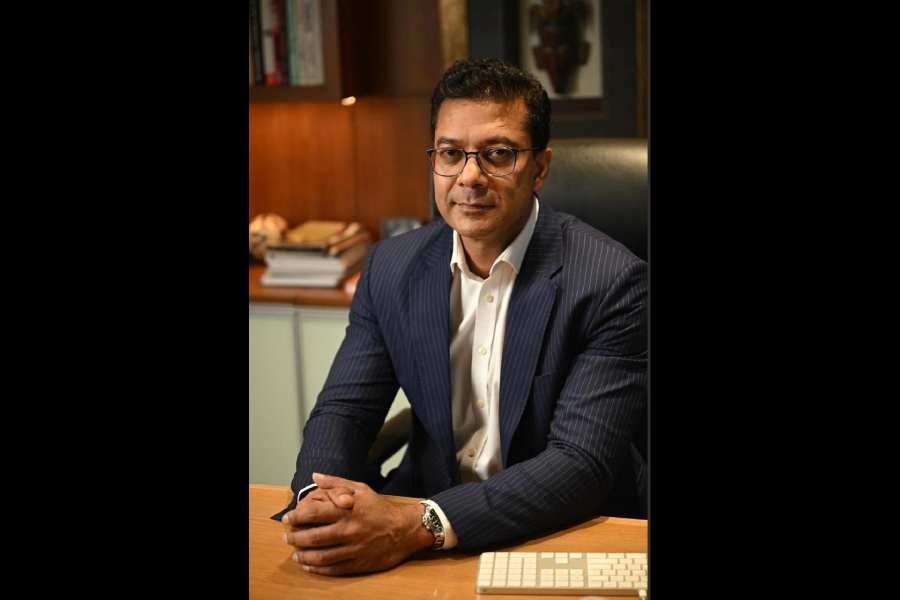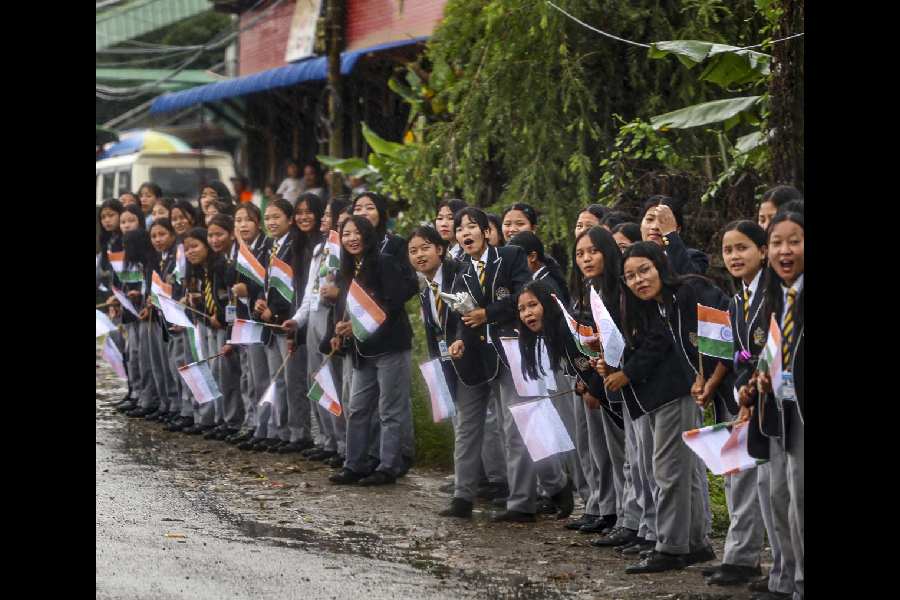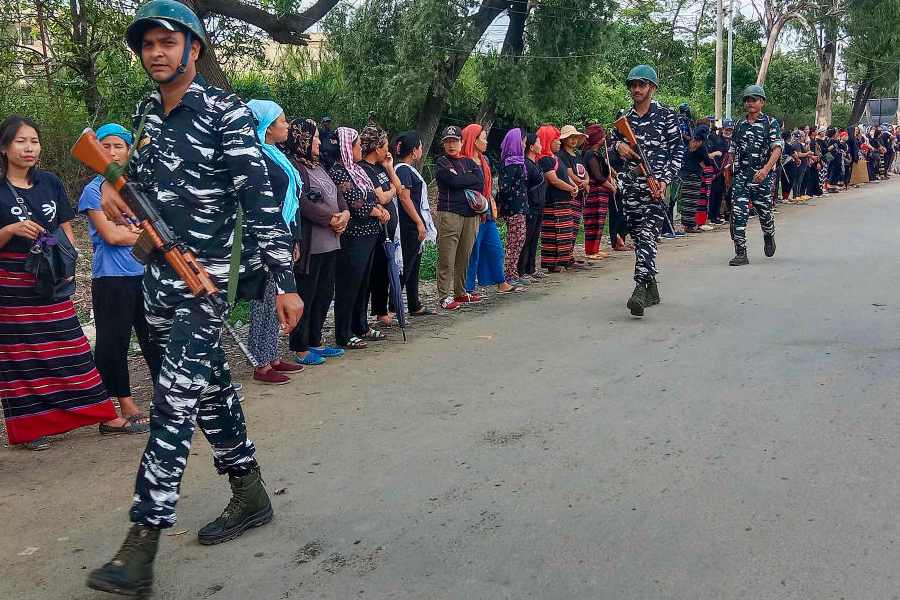 |
| Winged love: Titanic set the tone for romance |
The new Calcutta landmark meant: Not Forum, not City Centre, not South City Mall, but the second Hooghly bridge.
Decent cinema halls meant: New Empire, Lighthouse, Globe. Only New Empire stands. Globe has shut shop, Lighthouse is a shopping mart.
 |
| Landmark: Second Hooghly bridge |
Malls meant: Shree Ram Arcade, Vardaan Market and Treasure Island. They were not called malls. The Shree Ram Arcade capsule lift was a tourist attraction.
Sports meant: One-day cricket, which had already replaced Test cricket even in Calcutta. The Eden Gardens began to be empty during Tests.
 |
| IDOL: Sourav Ganguly |
Role models meant: Sourav Ganguly. All the boys wanted to be him. If you were a girl, you wanted to be Susmita Sen, the first international beauty queen with a city connection, what if she didn’t speak too much Bengali. You also wanted to be Aishwarya Rai or Kiran Bedi. Certain things the city kids always had in common with the rest of India.
Tollywood meant: Prosenjit and Rituparna Sengupta. But you didn’t watch those films.
Parallel Bengali cinema meant: Rituparno Ghosh. He burst into the scene with Unishe April. You went with your parents to watch Debasree and Aparna in the bleak drama.
 |
| Partnership of the decade: Madhuri Dixit and her choli |
Pocket money meant: Sometimes Rs 50 for an entire week, sometimes Rs 100. There were no CCDs or gaming parlours to make a demand on the pocket. “I got Rs 400 a month and was considered rich. I guess now kids get Rs 4,000 or more,” says Ishani Nath, a 27-year-old mother of one.
Cool clothes meant: For children or the below-18, there were none. Kids’ fashion was sort of unheard of. “The Nineties was about horrible fashion and no one really bothered about what children wore,” says Smriti Roy, now in her 30s. You probably wore frilly dresses, stretch jeans, parallels and culottes (divided skirts for the uninitiated). Then DDLJ happened and everyone was wearing tunics — not what tunics mean today, but real tunics — like school uniforms, a sleeveless dress worn over a top. “Shoes were worse. My mom took me to a friend’s son’s birthday wearing socks and ballerinas. I die of shame when I see that photograph today,” recalls 28-year-old Samarpita Sanyal with a shudder. Your mom mostly wore saris, not salwar-kurtas. And definitely not jeans.
 |
| Hang-out zone: Nicco Park |
Cool schools meant: La Martiniere (For Girls and Boys), St Xavier’s, Modern High and Don Bosco. No air-conditioned classrooms, no horse-riding lessons. Notebooks meant brown-paper covered copybooks and your projects were handwritten.
Campus fests meant: Xavotsav, Bosco Beat, Bosco Raag, Karmayatra (La Martiniere for Boys) and Maitreyee — the Modern High fest. “It was the only time we met the boys,” recalls 24-year-old Madhusree Mukherjee.
Gadgets meant: A desk-top computer at home (wow!), an inverter. ACs were for the select few. “I remember my parents felt guilty about buying an AC when I was in Class X. My uncle didn’t have one. It was so not something that a middle-class household would have,” remembers Mitali Banerjee, a 25-year-old.
 |
| Towering figure: He-Man |
Cars meant: Ambassador and Maruti 800.
Toys meant: He-Man for boys and Barbie for girls. Good girls had one Barbie, spoilt cousins had seven.
Cakes meant: Flury’s, Kathleen and the new kid on the block, Kookie Jar. Monginis was tiffin.
Nightclubs meant: Someplace Else and Tantra at The Park, Anti-clock at HHI, Incognito at Taj Bengal and Equinox at Peerless Inn, which had what looked like a fishnet installation. Pink Elephant at Grand closed down in 1997. The draught beer, the Pina Colada, the cheeselings and the music at Someplace Else were really cool.
The dance number meant: Macarena. It was the dance song of the decade. Everyone tried to learn the steps, with varying degrees of success, and figure out the words.
The soap of luxury meant: Dove. At Rs 35 for a bar of soap, it was the ultimate in luxury. “I remember I saved up to buy my mother a Dove soap during Christmas,” says Samarpita.
Sit-com meant: Dekh Bhai Dekh. It was to the ’90’s what Friends was after 2000.
Ethnic meant: The white and green lehenga ensemble Madhuri Dixit shone in as she sang Paise do joote lo. Also, her backless blouse and purple sari in Didi tera dewar deewana…“But in the Nineties you could either be wearing ethnic and be a behenji or wear western and be hip. Ethnic wasn’t cool yet,” says Samarpita.
Jishu Sengupta meant: The man who brought Chaitanya Deb alive on the small screen. You saw your mom and your grandmom idolise him in Mahaprabhu.
Video meant: Video cassettes. You went to the para “video library” to pick up video cassettes of the latest Shah Rukh Khan movie. They cost you Rs 10 per cassette at Sneh Video in Salt Lake.
Bollywood meant: Hum Aapke Hain Koun..! , a phrase that had huge potential as a question. You learnt to cough meaningfully. Then came Dilwale Dulhania Le Jayenge, Dil To Pagal Hai and Kuch Kuch Hota Hai. Dil To Pagal Hai launched the legend: “Rahul… naam toh suna hoga”, and it was probably repeated by you even if you are called Ranjan.
Madhuri Dixit was one thing all men across India, not only Bengal, agreed upon. But you also went to watch Mamata Kulkarni at night shows. The men were The Khans: Aamir, Shah Rukh, Salman, in your chosen order.
Jibanmukhi gaan meant: Ek cup chaye, Nilanjana, Ghum peyechhe bari ja. “Suman (Ek cup) started the trend but Nachiketa (Nilanjana) was what we were all listening to,” recalls 29-year-old Prithwish Chatterjee.
Ads meant: Aishwarya Rai blazing into your drawing room to ask a stupefied Aamir Khan: “Hi, I’m Sanjana. Got a Lehar Pepsi?” At a cinema hall, you joined the chorus when a female voice chimed: “Sangam Beauty Parlour have no branch”.
Fast food meant: Rolls. “If you wanted to be counted as cool you had to mention Hot Breads in your conversation,” laughs Samarpita. “Thums Up came for Rs 5,” says Prithwiraj Deb, a 31-year-old based in the US now.
Computer engineering meant: The profession that parents approved of most. But IT and Sector V happened only in the end-Nineties. “There was nothing. All the corporate houses and industries had moved out of Calcutta, so there were no jobs. Everyone wanted to shift out of Calcutta,” remembers Arindam Bhattacharyya, 29, an ad professional. They still do.
Brands meant: Hoffman jeans and not Levi’s. You didn’t know your Prada from your Jimmy Choo or Diesel. Then SRK wore GAP and DKNY in Kuch Kuch Hota Hai.
Momos meant: Taaja’s, the Bhowanipore momo hub.
Hang-out zones meant: Nicco Park, movies, restaurants, which meant Peter Cat, Bar-b-Que and Mocambo. Or Big Max, the ice-cream parlour and the JU-Presidency canteen where even outsiders were welcome.
Buying a house meant: In the city, not an apartment in Rajarhat.
Buying books meant: In College Street and second-hand book shops around New Market. Book shops didn’t sell chocolates, hand-made paper and DVDs.
Sex meant: “English movies. It wasn’t there in fiction meant for the young. And it was still clandestine. Also you didn’t see so many same-sex couples as you do now,” says Arindam.
Love meant: Doing the Titanic arm-stretch and pretending to fly off on Valentine’s Day. Corny? Not if you did it from a Ballygunge verandah. Dating was not so rampant then.

